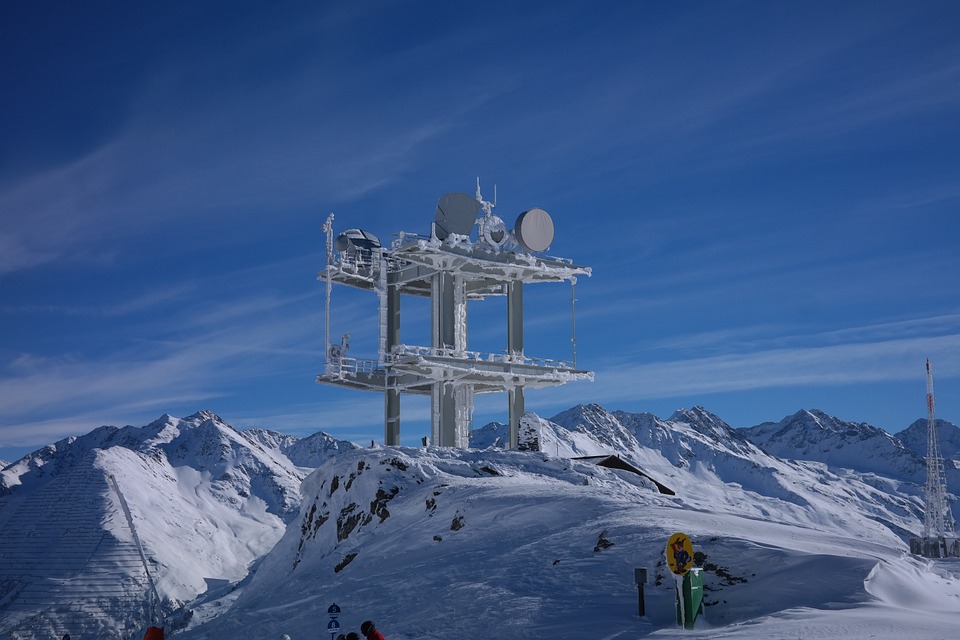Adrift: Thomas Wrede at Nicholson Gallery

The expansiveness of Thomas Wrede’s landscapes in Adrift made them remotely reminiscent of the work of renowned, fellow-German photographer Andreas Gursky. However, whereas Gursky constructs his images with multiple points of perspective, rendering them hyper-real and sublimely overwhelming, Wrede distills the vanishing point from his pictures by allowing the horizon to recede into oblivion. When it is most successful, the effect cuts his images loose from any stable vantage and presents not only his subject matter, but also his viewpoint as wandering and lost.
The figures in both Beachwalkers and On the Beach stroll along impossibly broad stretches of sand, divorced from any determinate context, like scenes from science fiction. And the waders in In the Water drift through an apparently endless, three-foot deep sea. The formal abstraction in these pictures gives them an existential weight. They are not studies of landscape per se but psychological studies, which employ natural settings to articulate experiences of isolation and aimlessness with almost metaphysical proportions.
Other pictures in the show extended Wrede’s exploration of the sublime to
complicate the boundaries between reality and artifice. For Queen Mary 2 and The Sailboat, Wrede manipulated the lenses of his camera to give his images a distinctly unnatural air. The boat at the center of each picture is in focus while the surrounding sea and sky are blurred, so that the enormous ships depicted in the photographs instead look like toys or miniatures in a diorama. Fir Trees (panorama) and Fir Trees (crater), on the other hand, appeared to be aerial photographs of barren, snow-covered mountains, speckled with a few hearty evergreens. Upon closer examination, however, the trees are too big for the mountains. And, it turns out, the pictures were actually constructed with miniature, plastic trees on the same expansive beaches as the other landscapes in the show.
